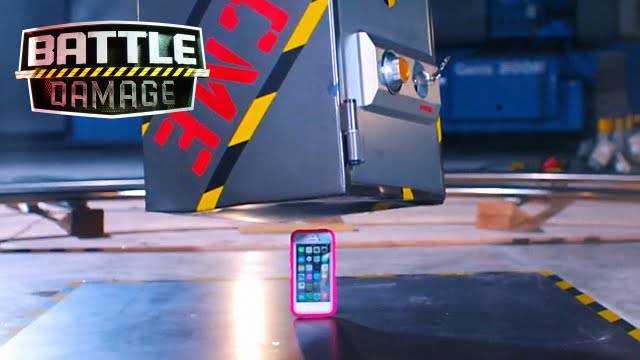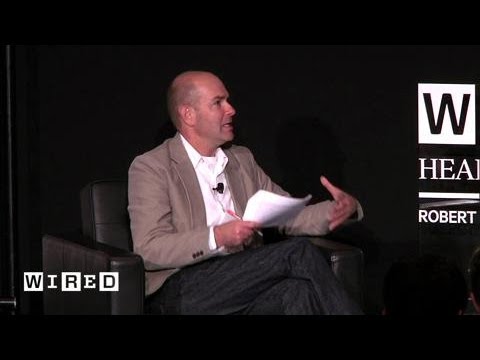The Real Threat of Nuclear Disasters in the US: Insights from a Nuclear Historian
Summary
In this article, we explore the insights of nuclear historian Kate Brown from MIT on the possibility of a nuclear disaster in the US. Brown warns that the US is not immune to a nuclear disaster, and the country has had accidents at nuclear power plants. Furthermore, radioactive waste is stored on-site in cement pools, which could cause explosions if they overheated. Brown also questions the state of protections for workers at these sites and whether there is a protocol in place for a disaster. The article also examines the challenges of nuclear waste disposal and whether human society has the ability to deal with the timescales that nuclear power and waste demands.
Table of Contents
- The US is not immune to a nuclear disaster
- The state of protections for workers at nuclear sites
- The challenge of nuclear waste disposal
- Can human society deal with the timescales of nuclear power and waste?
- Conclusion
The US is not immune to a nuclear disaster
The HBO miniseries Chernobyl has brought to light the dangers of nuclear disasters. However, nuclear historian Kate Brown warns that the US is not immune to such disasters. The US has had accidents at nuclear power plants, and radioactive waste is stored on-site in cement pools. If these pools were to crack or drain, the spent fuel rods could overheat and cause explosions that would make Chernobyl look like a picnic. One of the biggest concerns is the Hanford plutonium plant site, where high-level waste is stored in bins that were built to have a shelf life of 10 years, but that was 60 years ago. The underground storage bins are starting to crack and leak, with the waste leaking towards the Columbia River.
The state of protections for workers at nuclear sites
Brown also questions the state of protections for workers at these sites and whether there is a protocol in place for a disaster. People living near nuclear reactors may not understand how to manage radioactive isotopes and keep themselves safe. Despite the American “can-do” attitude, there is still no solution to the problem of nuclear waste disposal.
The challenge of nuclear waste disposal
Finland is the only country to have successfully built a deep underground nuclear repository. However, it requires constant monitoring and infrastructure for a thousand years. The US has yet to find a solution to the problem of nuclear waste disposal. Brown questions whether human society has the ability to deal with the timescales that nuclear power and waste demands, which may be beyond our capabilities.
Can human society deal with the timescales of nuclear power and waste?
Nuclear power and waste demands timescales that are beyond human capabilities. Brown questions whether we have the ability to deal with the long-term consequences of nuclear power and waste. The Hanford site in Washington is one example of how nuclear waste can be mismanaged, and the consequences can be disastrous.
Conclusion
The possibility of a nuclear disaster in the US is a real threat, and the challenges of nuclear waste disposal are complex. As a society, we must ask ourselves whether we have the ability to deal with the timescales that nuclear power and waste demands. We need to find solutions to these challenges before it’s too late.







